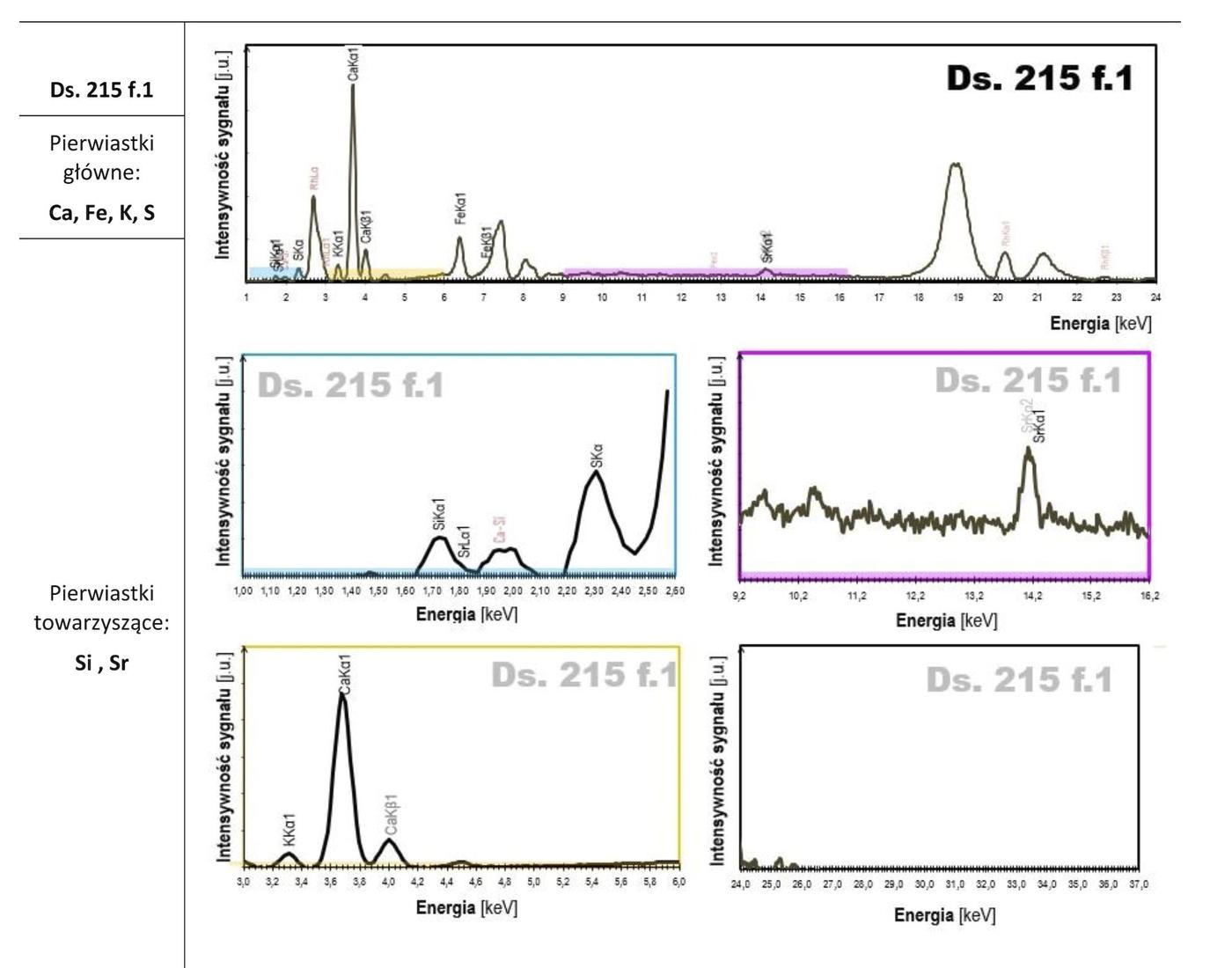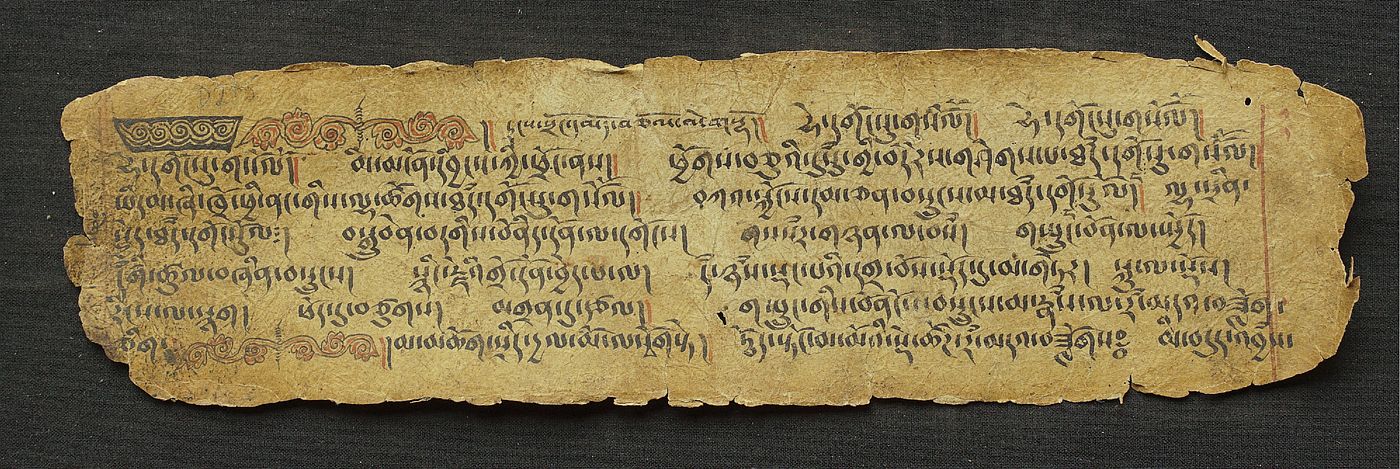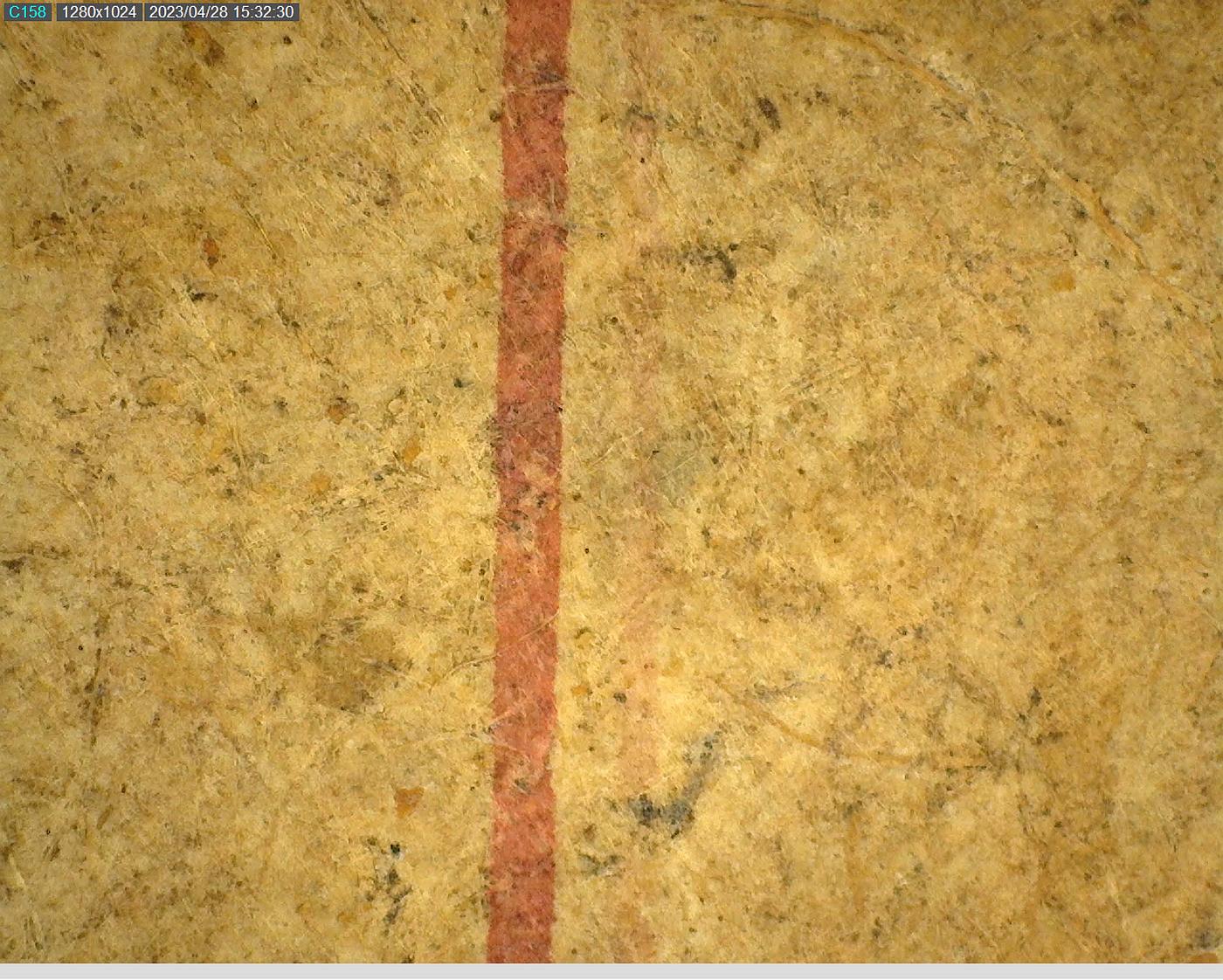DRANGSONG MANUSCRIPTS
| 1. Text number | Drangsong 215 |
| 2. Text title (where present) in Tibetan |
༄༅།། དྲང་སྲོང་དམོད་བཅོལ་ལེགསྷོ།། |
| 3. Text title (where present) in Wylie transliteration | Drang srong dmod bcol legs+ho/ |
| 4. A brief summary of the item’s contents | Ritual of entrusting the protectors with the task of destroying all the enemies who harm the doctrine, destroying their homes, cuting off their offspring, and destroying all the demons and enemies quickly in order to protect the doctrine and prosperity. |
| 5. Number of folios | 2 |
| 6. Scribe’s name | Phun tshogs don ’grub |
| 7. Translation of title | Cursed Commission of the Drangsong |
| 8. Transcription of colophon | ces pa’i tshul ’di ni/ gshen gyi drangs[drang] srong shes rab rgyal mtshan gyis/ bkra shis sman ri’i khrod du sbyar ba’o/ bstan dgra rnams la rtsa nas gcod par shog/ bkra shis par gyur 1/ g.yung drung bon gyi bstan pa bsrung phyir du/ phun tshogs bdon[don] grub bdag gis bris pa yin/ bstan pa gnyen po srung du gsol/ …bzhin…mdzod/ bstan pa’i mnga’ bdag ’dren pa’i dpal/ |
| 9. Translation of colophon | In this way the text was completed by the Drangsong of the gShen tradition Shes rab rgyal mthsan (1356-1415), in bKra shis sman ri hermitage. May the enemies of the doctrine be completely destroyed, may all be auspicious! In order to protect the Yungdrung Bon doctrine this text was written (i.e. copied) by me, Phun tshogs don ‘grub. may the sacred teachings be protected! As… do… as the lord of the doctrine and the holy guide…. |
| 10. General remarks | Phun tshogs don ’grub is the copyist of several works in the collection. The title “Drangsong” applied to the author, Shes rab rgyal mtshan, denotes an ordained monk and not a member of the Drangsong family. He was the founder of sMan ri, the monastery in which he composed the text. |
| 11. Remarks on script | ’bru tsha, ’khyug ma tshugs |
| 12. Format | Loose leaves |
| 13. Size | 8.2 × 30 cm |
| 14. Layout | |
| 15. Illustrations and decorations | The first folio of this two-page manuscript opens with a yig mgo consisting of five curls painted in the negative on a black trapezoidal background, and a wide ornate rgya gram shad that develops organically on the sides into six scrolls modelled with red ink. Both these ornamental features appear again on this and the other three folios of the manuscript. They are especially repeated on the last folio after the end of the text, probably as drawing exercises.Overall, the ornamentation of this manuscript recalls that of manuscripts Ds 112, 113, and 195 and may be attributed to the same scribe. |
| 16. Paper type | Woven, 1 layer |
| 17. Paper thickness | 0.11–0.23 mm |
| 18. Nos of folio sampled | f. 1 right upper margin |
| 19. Fibre analysis | |
| 20. AMS 14C dating | |
| 21. XRF analysis | Main elements: Ca, Fe, K, S
Trace elements: Ti, Zn, Sr, Si |
| 22. RTI | |
| 23. GCMS |



